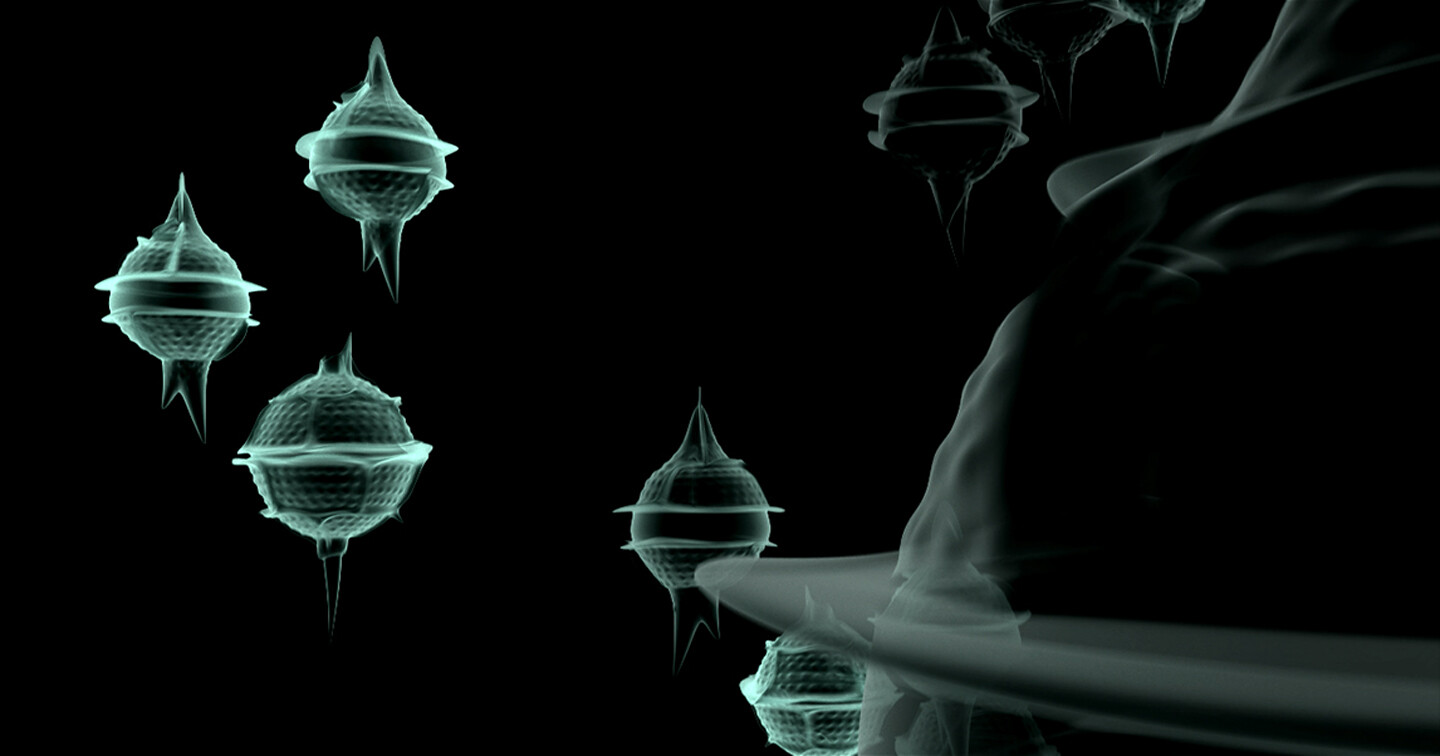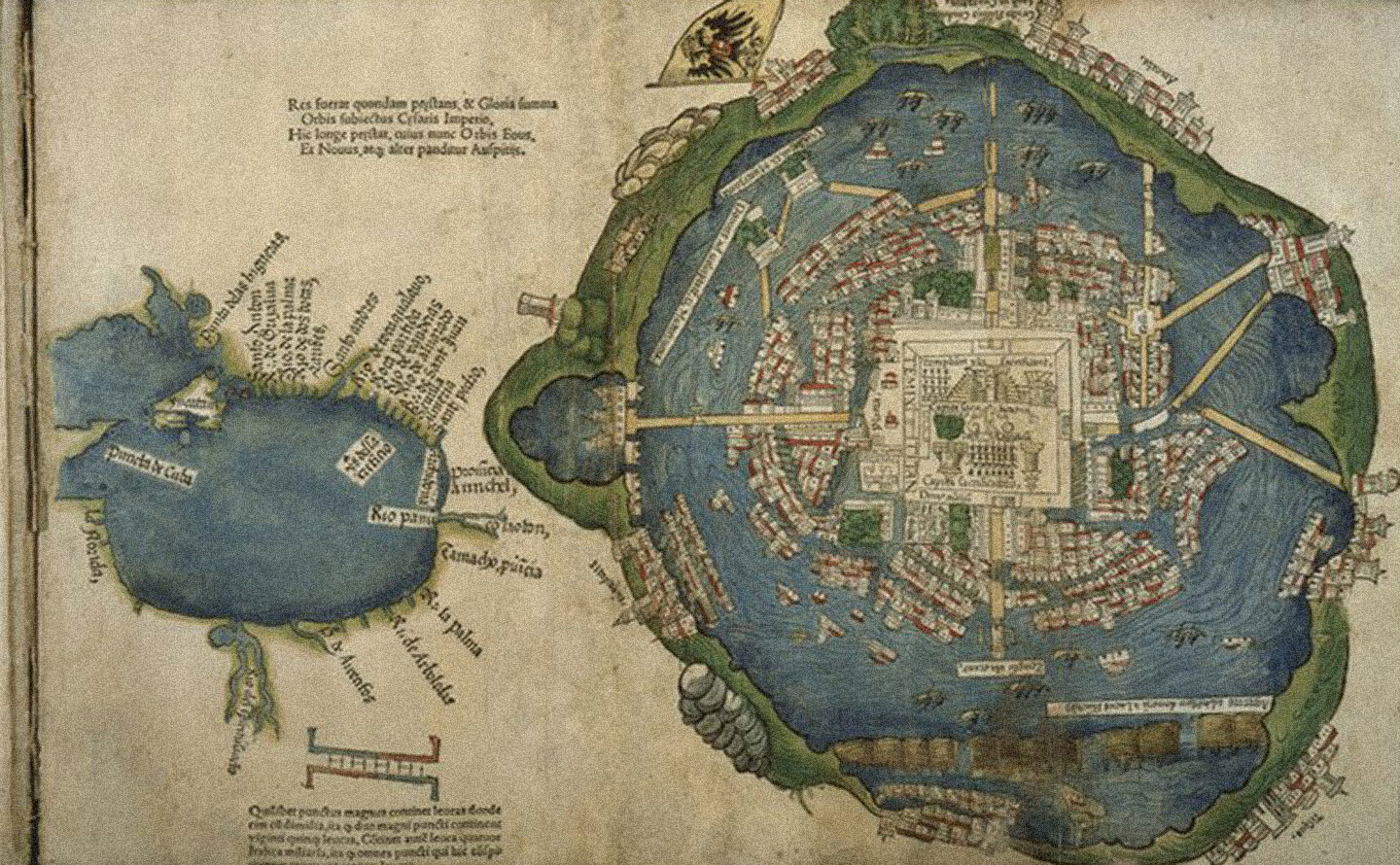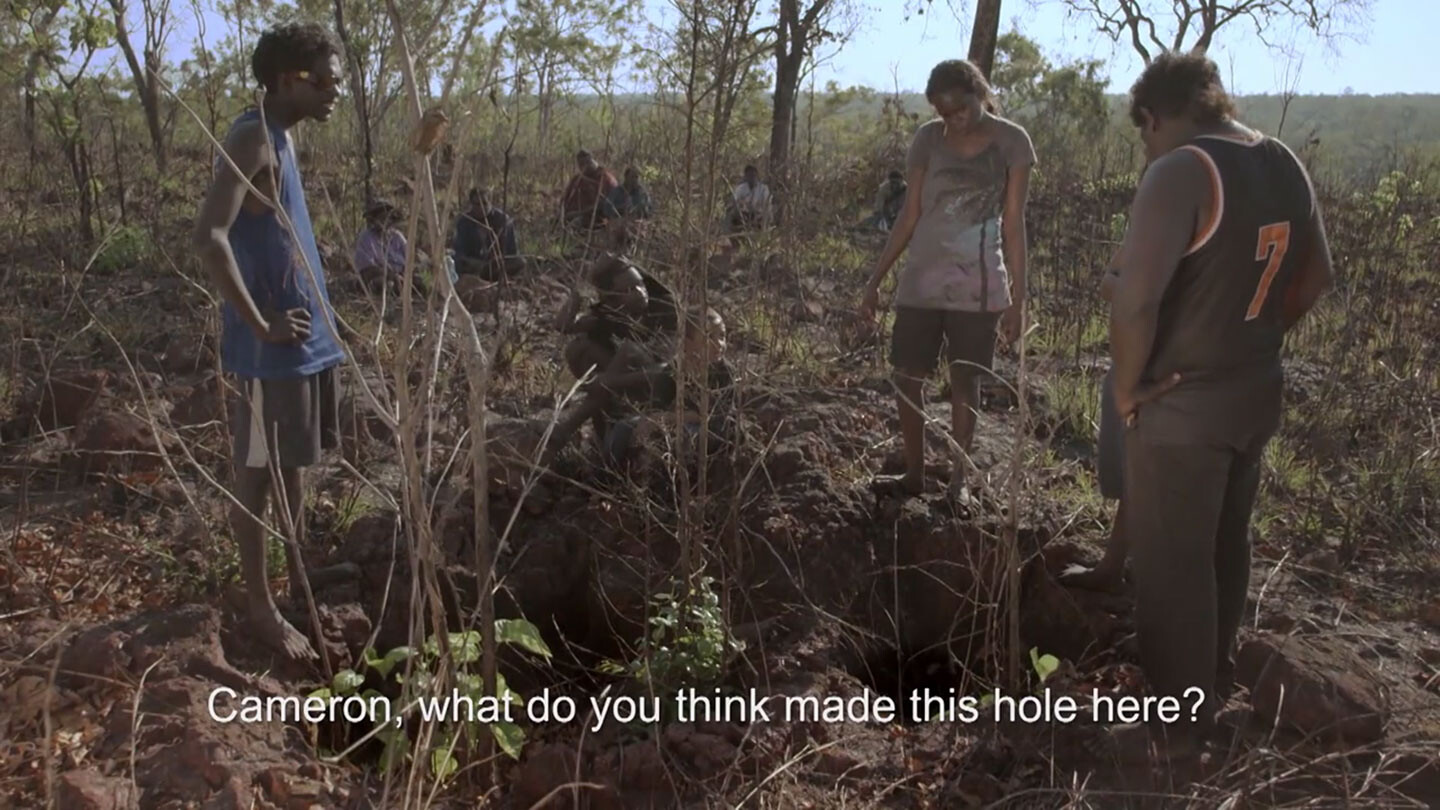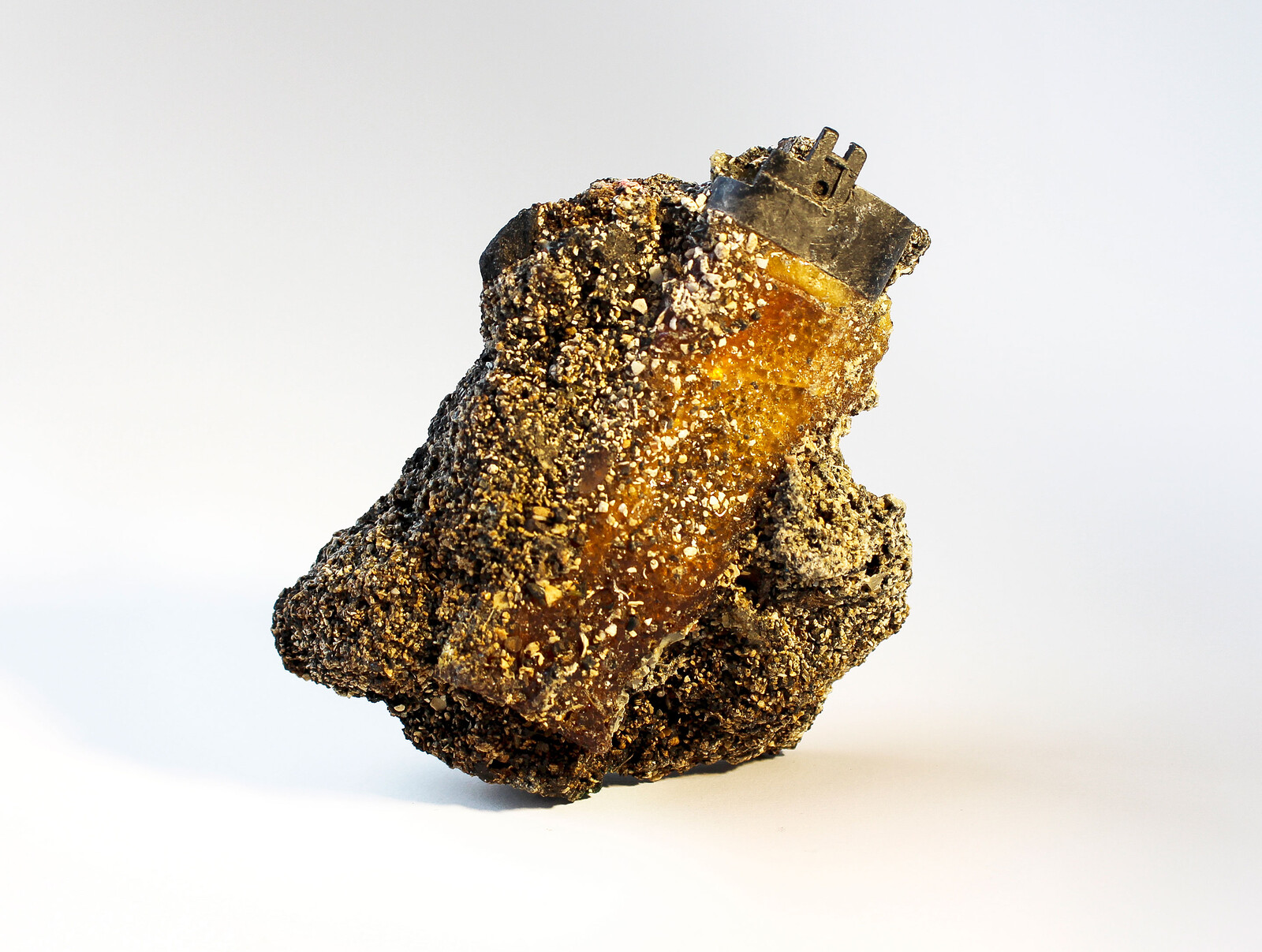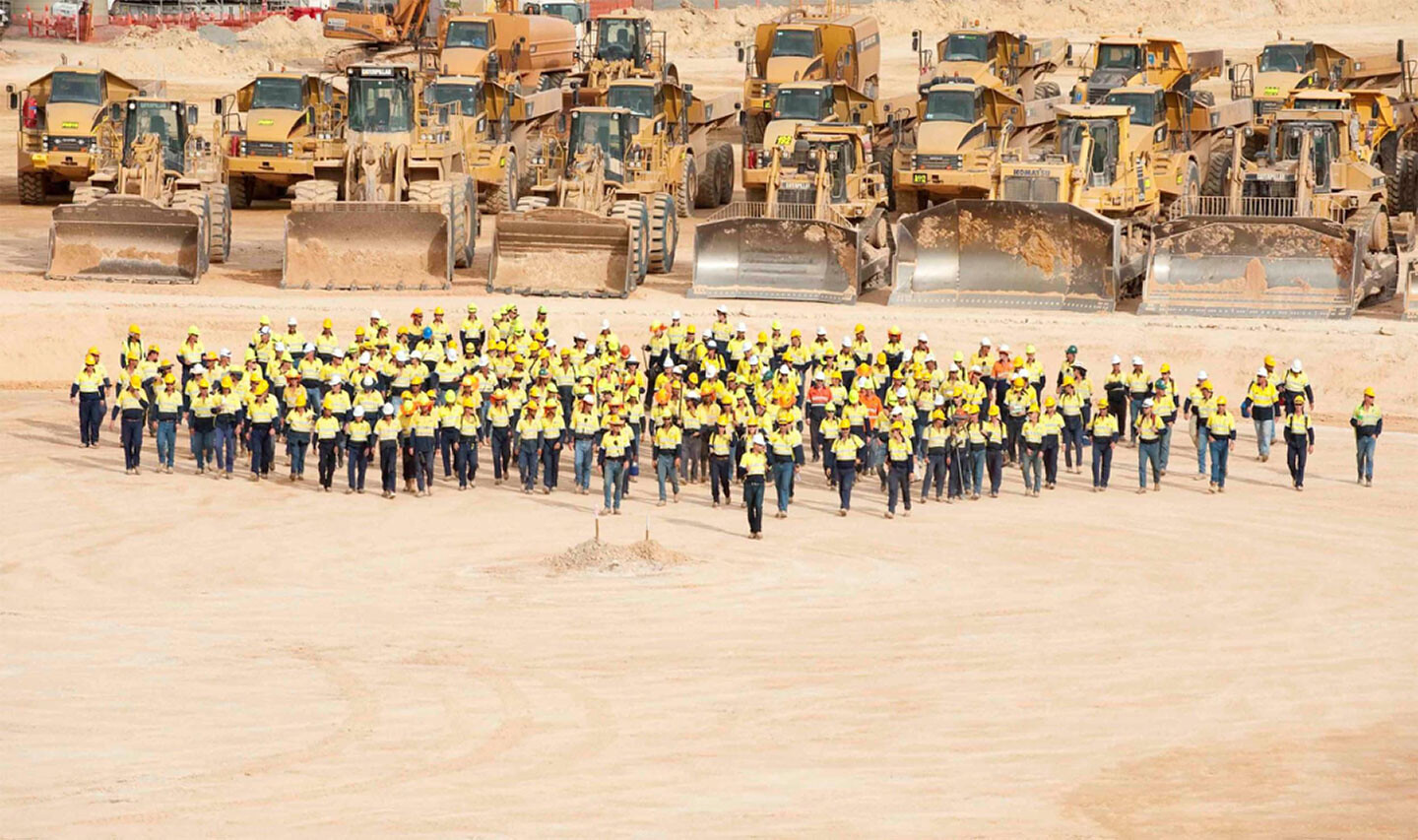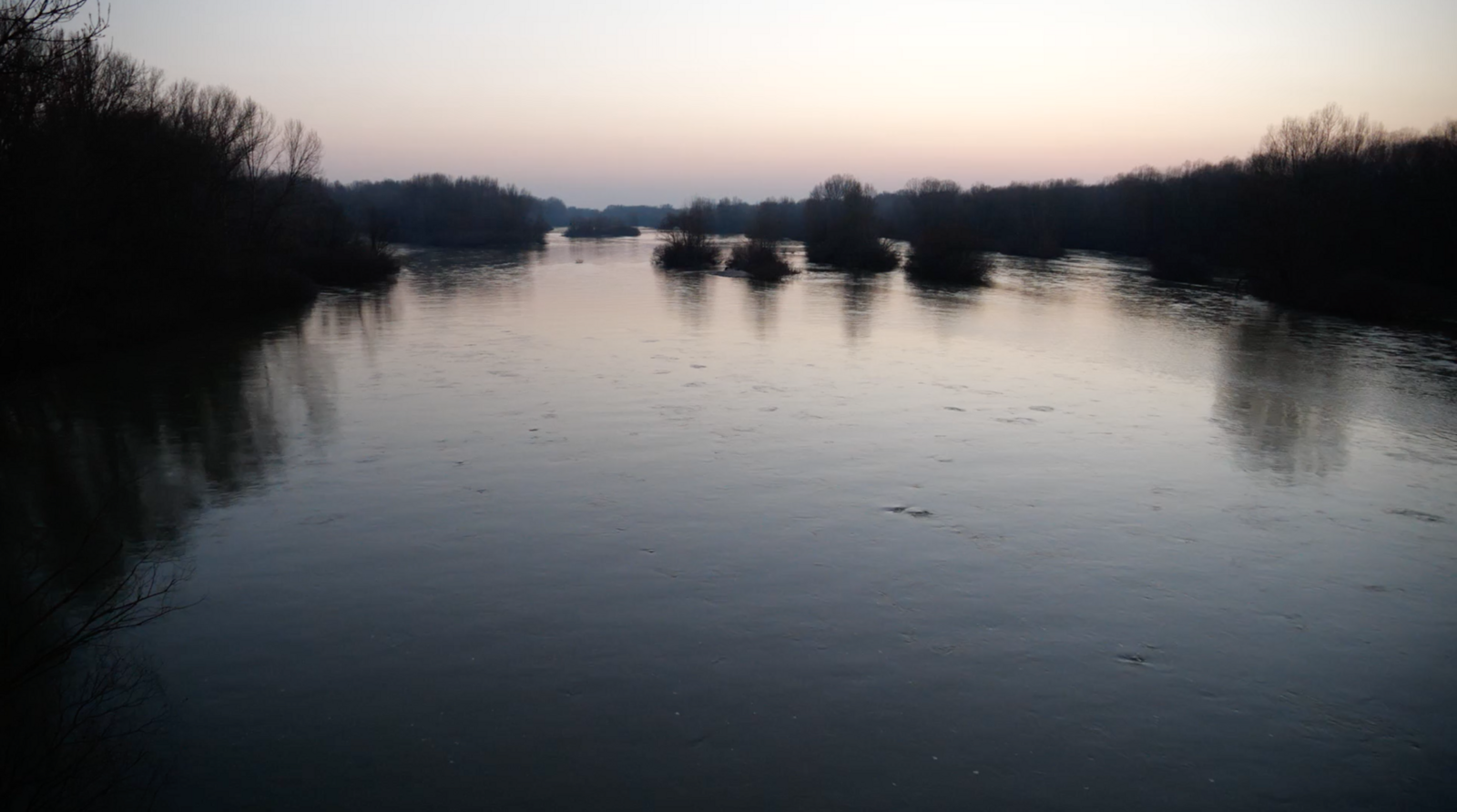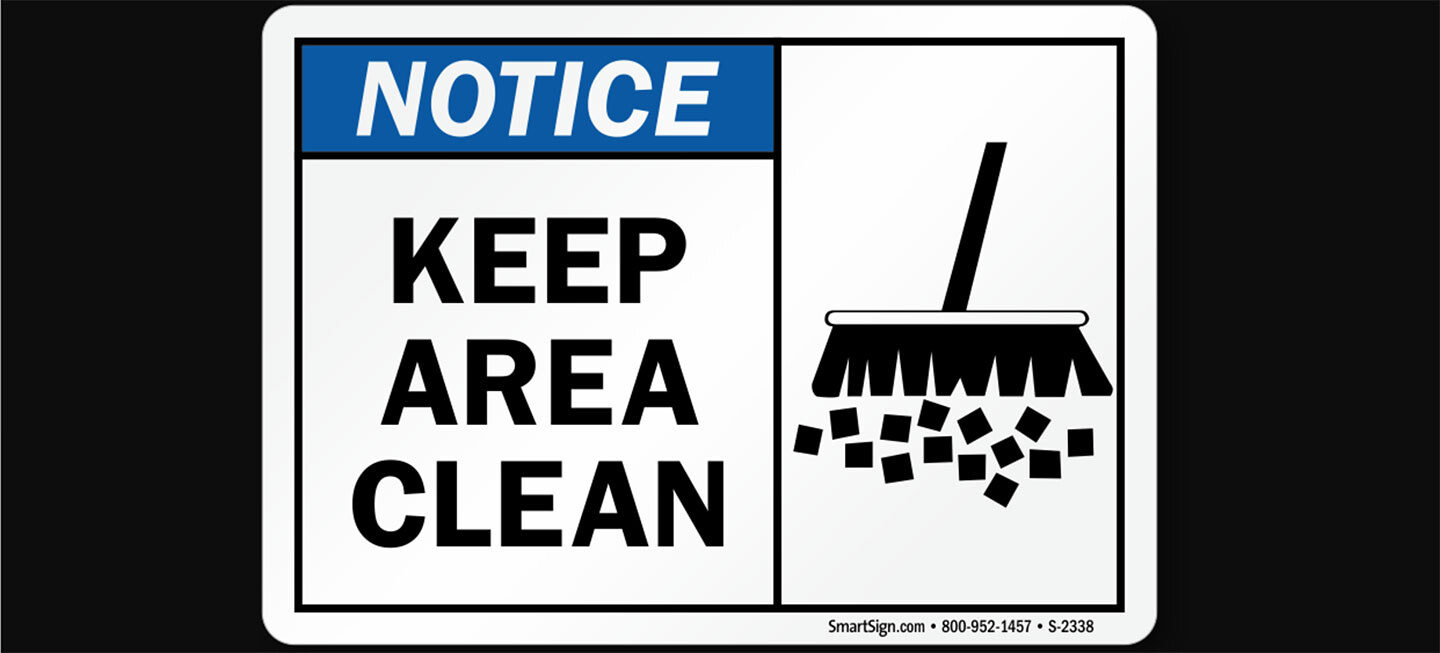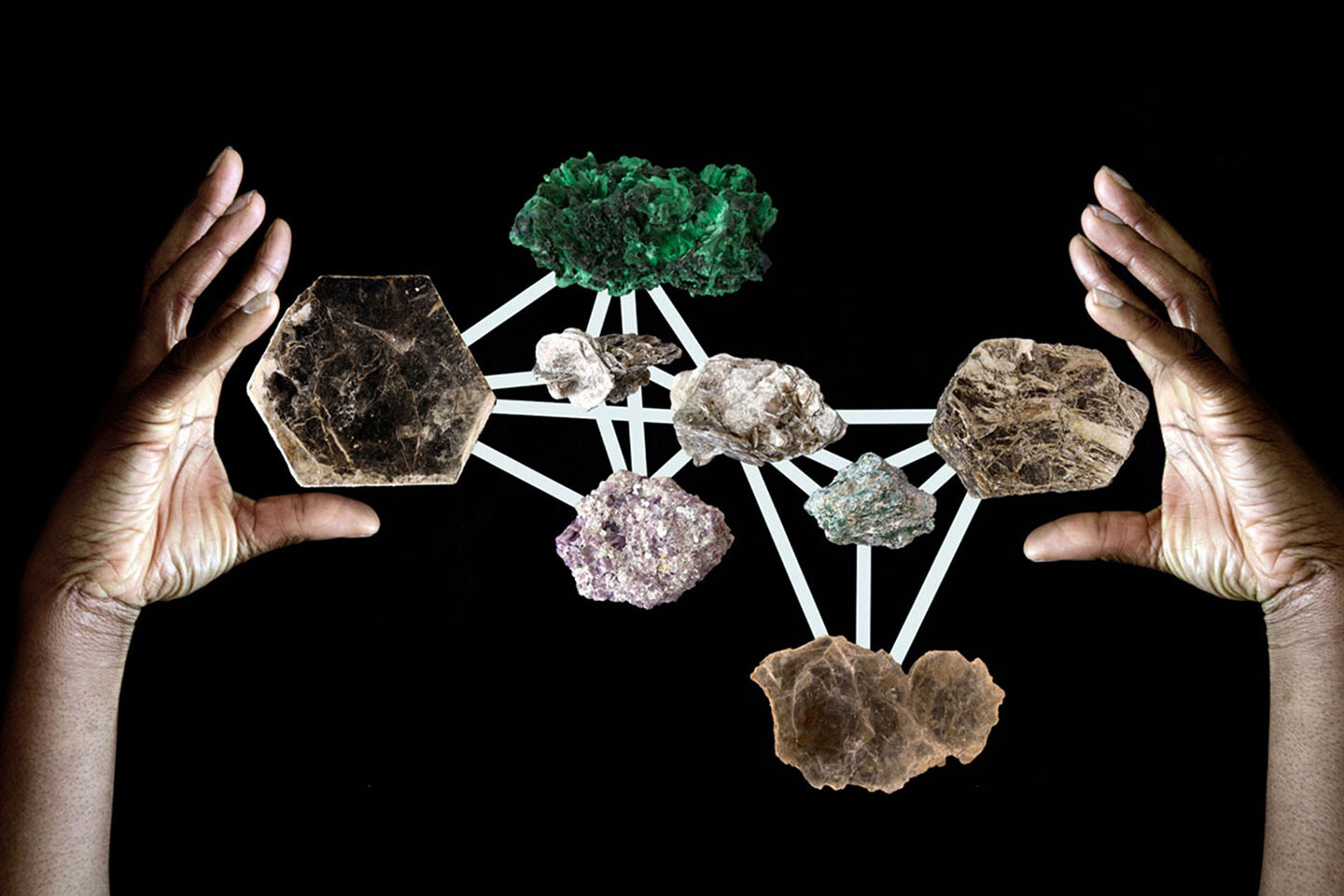Weather
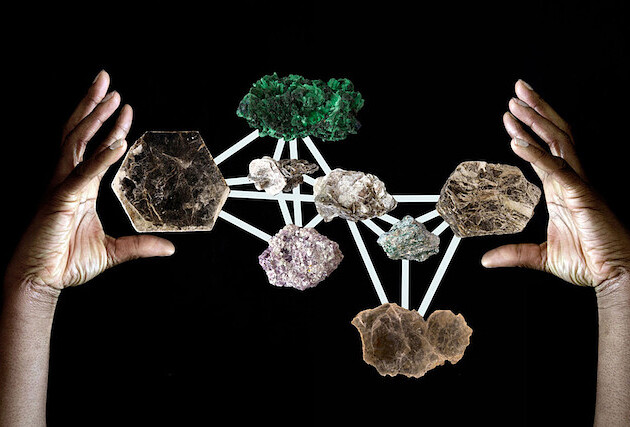

Lockdown measures imposed to prevent the further escalation of the Covid-19 crisis have led to a slight decrease of anthropogenic emissions into the atmosphere. However, behind these seemingly positive environmental effects lie mass losses of human life. These events point to the realities of contemporary weather conditions which allow some communities to flourish while forcing others to languish. Black studies and Feminist scholar Christina Sharpe proposes an expansion of the meteorological notion of weather to consider the socio-economic, political, and cultural climates tethered to the histories of (neo-)colonialism. What infrastructures sustain modes of weather making? How do residues of various environments settle in the bodies? In what ways have collective microclimates enacted resistance against certain weather conditions? The texts selected in this reader provide careful observations, critical remarks, and subversive comments in response to these questions.
Nastia Volynova is an art theoretician and researcher who revisits the ruins of the Soviet terraforming projects, collects and explores their residues and reconstitutes missing histories they unfold. She holds a Postgraduate diploma in Curating and an MA in Contemporary Art Theory from Goldsmiths, University of London.
The Desert does not refer in any literal way to the ecosystem that, for lack of water, is hostile to life. The Desert is the affect that motivates the search for other instances of life in the universe and technologies for seeding planets with life; it colors the contemporary imaginary of North African oil fields; and it drives the fear that all places will soon be nothing more than the setting within a Mad Max movie. The Desert is also glimpsed in both the geological category of the fossil insofar as we consider fossils to have once been charged with life, to have lost that life, but as a form of fuel can provide the conditions for a specific form of life—contemporary, hypermodern, informationalized capital—and a new form of mass death and utter extinction; and in the calls for a capital or technological fix to anthropogenic climate change.
Plastiglomerate clearly demonstrates the permanence of the disposable. It is evidence of death that cannot decay, or that decays so slowly as to have removed itself from a natural lifecycle. It is akin to a remnant, a relic, though one imbued with very little affect. As a charismatic object, it is a useful metaphor, poetic and aesthetic—a way through which science and culture can be brought together to demonstrate human impact on the land.
During normotic peaks of approval phases of settler-colony mining booms, “artist impressions” of mega-mine proposals are photoshopped up at unprecedented rates and scales. Weaponized images of dignified-looking but no longer collectively-bargaining laborers, exaggerated job figures, fetishized New Machines, and particularly pernicious laminations of corporate-sponsored settler household reproduction placehold new industry forms of extraction. The perversions of prospective accounting given for “environmental assets”—for example, soil and water—force a rereading of finance through colonial legacies that limit the imagination of mattering. Between the slave ship and the container ship, the story of Australia’s particular mercantile-era contribution to the arsenal of global capital, in making the concept of land fully fungible, generates extra-aesthetic analytics by being retold.
In this symbolic and material economy, black and brown women’s lives are made precarious and vulnerable, but their fabricated superfluity goes hand in hand with their necessary existence and presence. They are allowed into private homes and workplaces. But other members of superfluous communities—such as the families and neighbors of these workers—must stay behind the gates, unless they are willing to risk being killed by state police violence and other forms of the militarization of green and public spaces for the sake of the wealthy. For these workers, the special permit to enter is based both on the need for their work and on their invisibility. Women of color enter the gates of the city, of its controlled buildings, but they must do it as phantoms. Racialized women may circulate in the city, but only as an erased presence.
Both the anthropological and sociological versions of racial knowledge transform the consequences of hundreds of years of colonial expropriation into the effects of efficient causes (the laws of nature) as they operate through human forms (bodies and societies). In sum, as a category of racial difference, blackness occludes the total violence necessary for this expropriation, a violence that was authorized by modern juridical forms—namely, colonial domination (conquest, displacement, and settlement) and property (enslavement). Nevertheless, blackness—precisely because of how, as an object of knowledge, it occludes these juridical modalities—has the capacity to unsettle the ethical program governed by determinacy, through exposing the violence that the latter refigures.
I learned to see in my mother’s house. I learned how not to see in my mother’s house. How to limit my sight to the things that could be controlled. I learned to see in discrete angles, planes, plots. If the ceiling was falling down and you couldn’t do anything about it, what you could do was grow and arrange peonies and tulips and zinnias; cut forsythia and mock orange to bring inside.
How does one convey the beauty of the gathering and how she brings us together? How she does what she does and what unfolds inside the circle? What has she been called to bear for all of us? Refuge is to be found in a skirt of raffia, in a rampart of clay. Simone Leigh’s hands have created a world, have disrupted and evaded the dominant economy of the gaze, not by opposition or protest, not by explaining anything, but by looking otherwise, by retreating within, by a radical withholding that makes visible and palpable all that is held in reserve—all that power, love, brilliance, labor, and care. All that beauty.
